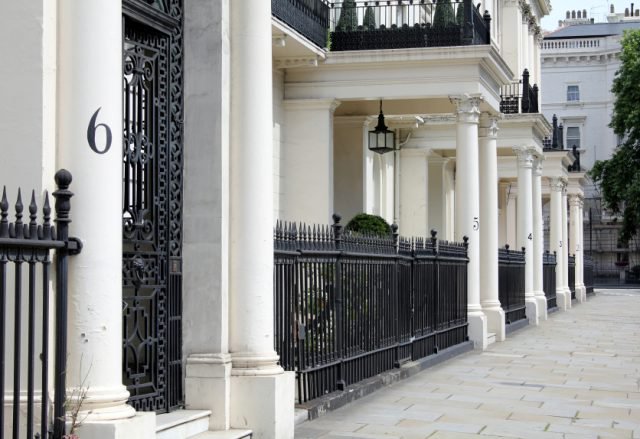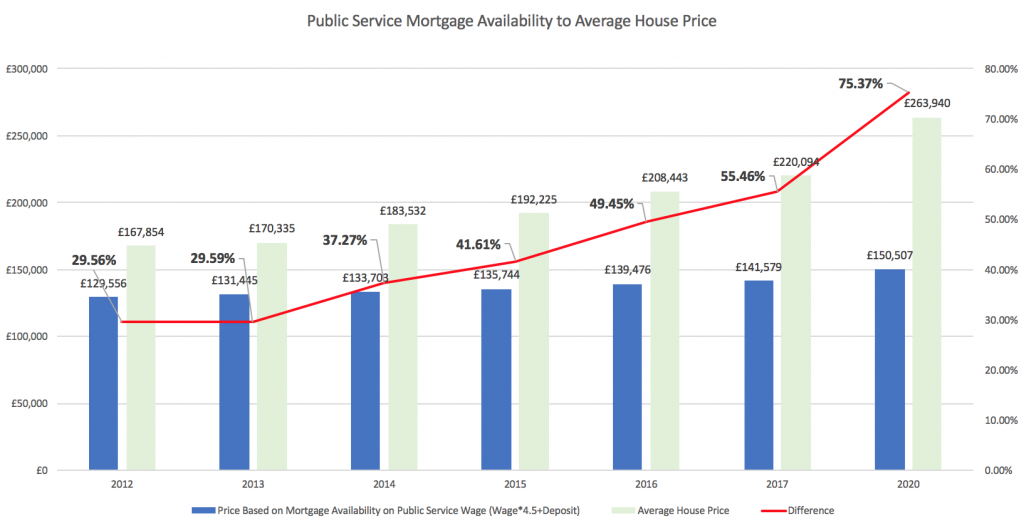Mortgage Lending Up on Monthly and Quarterly Basis
The latest UK Finance data, for June 2017, shows that mortgage lending was up on both a monthly and quarterly basis.
Monthly figures
On a non-seasonally adjusted basis, UK Finance found that mortgage lending rose in June.
First time buyers borrowed £5.9 billion – up by 26% on May and 9% on an annual basis. This equated to 36,000 loans – up by 22% month-on-month and 6% on June last year.
Home movers borrowed £7.8 billion, which was up by 26% on the previous month and 15% on June 2016. This totalled 36,500 loans – up by 24% on a monthly basis and 9% compared to a year ago.
Homeowner remortgage activity totalled £6 billion in June – a rise of 5% on May and 7% annually. The number of remortgage loans reached 34,300, which was up by 5% on a monthly basis and 6% on June last year.
Gross buy-to-let lending totalled £3 billion – up by 3% month-on-month and 3% on June 2016. This equated to 19,700 loans – up by 3% on May and 6% on the previous year.
On a seasonally adjusted basis, lending to first time buyers and home movers remained relatively unchanged month-on-month, but there were increases by volume and value on an annual basis. Buy-to-let and remortgage activity remained relatively unchanged in June from May.
The proportion of household income used to service capital and interest rates continued to sit near historic lows in June, for both first time buyers and home movers, at 17.3% and 17.5% respectively.

Mortgage Lending Up on Monthly and Quarterly Basis
Affordability metrics for first time buyers saw the average loan size increase from £137,000 in May to £139,000 in June. The average household income rose from £40,500 to £41,000 over the month, meaning the income multiple went up from 3.58 to 3.59.
The average amount borrowed by home movers in the UK grew to £180,000 from £177,000 in June, while the average home mover household income increased from £54,900 to £55,200, taking the income multiple to 3,39, from 3.37.
Buy-to-let activity was driven by remortgaging lending in June, which accounted for over two thirds of total lending. Buy-to-let house purchase and remortgage activity remained consistent with monthly levels seen since the change in Stamp Duty on additional homes, which was introduced in April 2016.
The Head of Mortgages at UK Finance, Paul Smee, comments: “June’s figures show a busy month in the mortgage market, with home movers having their highest monthly activity levels for over a year, and an especially high number of loans for first time buyers. Buy-to-let activity remains subdued compared to its 2015 peak, but consistent month-to-month since Stamp Duty changes in April 2016.
“But there are also signs of a softening market, and we are not anticipating that this performance will be sustained in the second half of 2017. A slightly lop-sided market could well show some growth in house purchase lending but alongside reduced remortgage and buy-to-let activity.”
Quarterly data
In the second quarter (Q2) of the year, homebuyers borrowed £34.4 billion – up by 18% on Q1 and 24% on Q2 2016. They took out 183,300 loans, which marks an increase of 16% on the previous quarter and 9% on last year.
Within this, first time buyers borrowed £14.8 billion – up by 18% quarter-on-quarter and 10% on Q2 last year. This equated to 91,400 loans, which was up by 15% on Q1 and 6% annually.
Lending to home movers totalled £19.6 billion, which is up by 19% on the previous quarter and 21% year-on-year. They took out 92,200 loans – up by 17% on Q1 and 13% on Q2 2016.
Homeowner remortgage activity totalled £16.9 billion – down by 11% on Q1, but up by 1% on a year ago. The number of remortgage loans stood at 96,600, which is down by 12% on a quarterly basis and 1% on last year.
Gross buy-to-let lending hit £8.4 billion, which was down by 6% on Q1 but up by 5% annually. This equated to 55,400 loans – down by 6% on the previous quarter, but up by 5% on Q2 2016.








